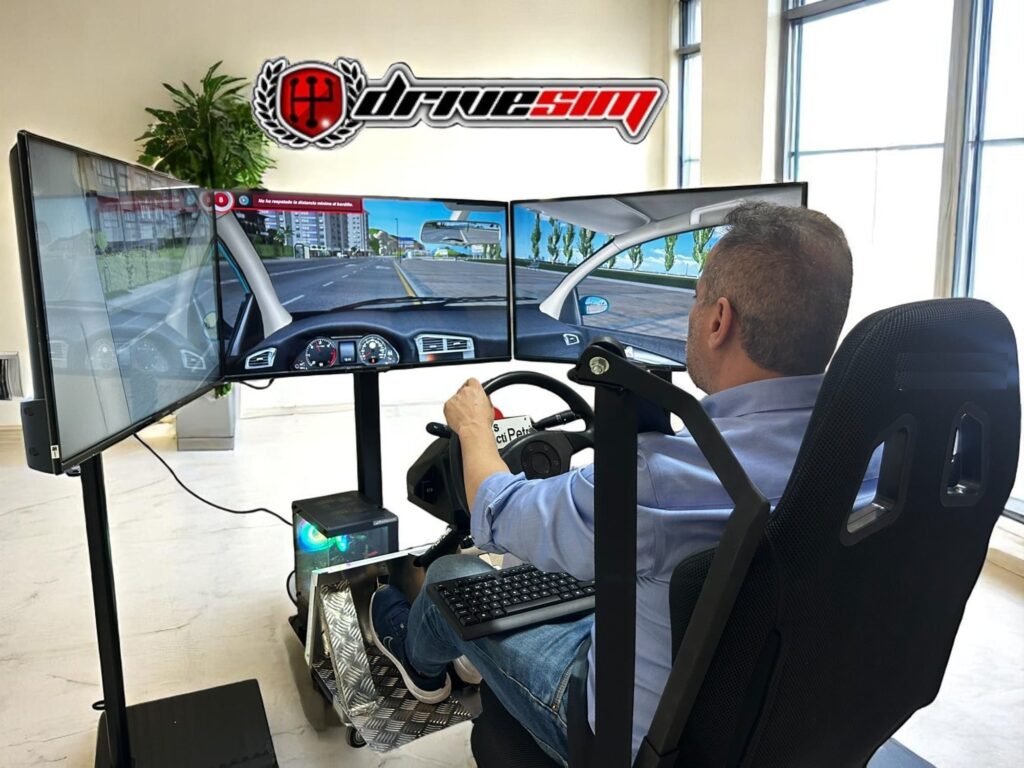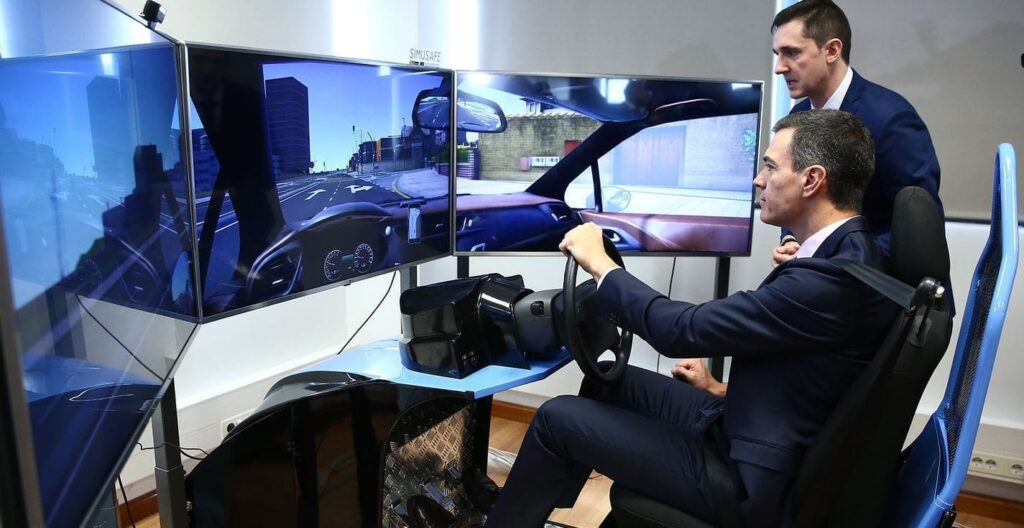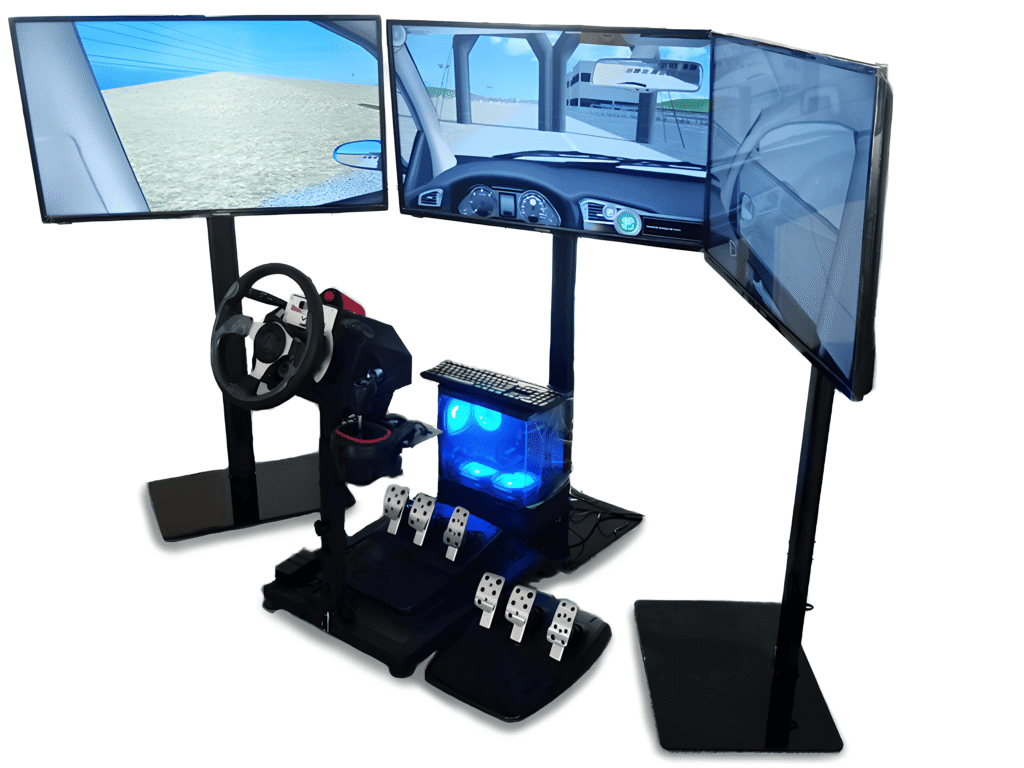How does our car protect us? It is a fact that car manufacturers have been working for many years with the aim of optimizing their vehicles in terms of road safety. And that is why there are active and passive safety elements that work in vehicles with the aim of protecting the driver's life.
For this reason, manufacturers are constantly adapting new technologies according to the standards stipulated by international organizations. In this way, they seek to protect the life of the driver and passengers.
Defining active and passive safety elements
Active Safety
These are all the elements that provide greater efficiency and stability to the vehicle in motion. This avoids, as far as possible, accidents:
- The braking system: Today, all braking systems are equipped with independent circuits. These make it possible to brake safely in the event of failure.
- Steering system: current systems stiffen at high speeds to avoid accidents.
- Suspension system: allows the vehicle to remain stable and absorb road irregularities.
- Tires: must ensure optimum traction in all weather and conditions.
- Lighting: must be the one that allows us to see well and be seen.
- Stability control systems: are known as "anti-tippers". They are important in case the driver loses control of the car. The electronic processor determines whether to brake one or more wheels according to the requirements of the situation.
Passive safety
These are the elements that reduce to its minimum expression, the damages that occur when the accident happens.
- Belts: in the event of an accident, they prevent the person from being thrown out of the vehicle.
- Airbags: are bags that inflate immediately after the car collides with a solid object at a considerable speed. They prevent the occupants from being hit.
- Chassis and bodywork: both have energy-absorbing zones in the event of an impact.
- Crystals: vehicle windows are special, as they are designed to prevent splinters from flying out in the event of an accident, which can be dangerous for the occupants of the car.
- Headrest: are fundamental elements, as they protect the person against whiplash, this is only possible when the person is seated and adjusted to the height of the subject.
If you liked this content about active and passive safety elements, you can also read: Use of seat belts: the correct way



